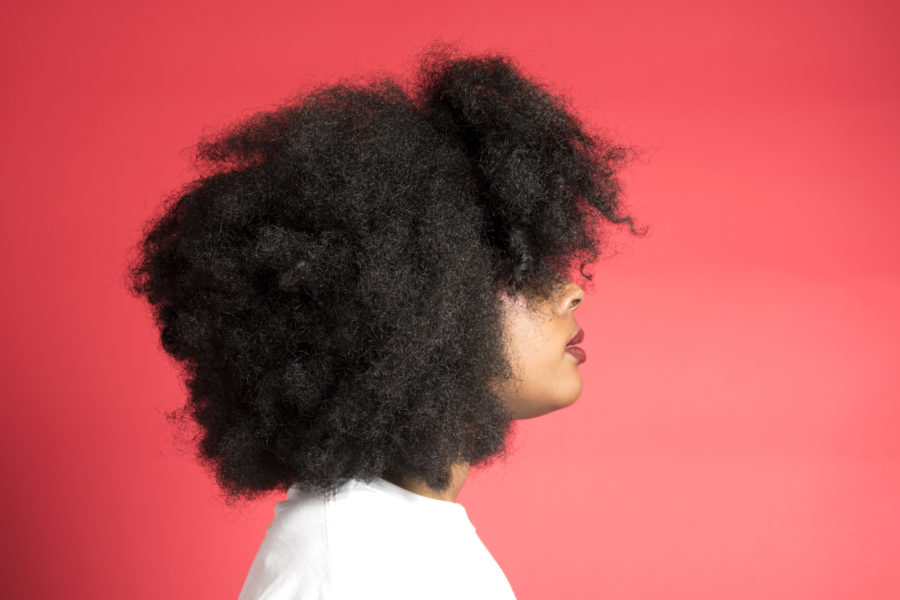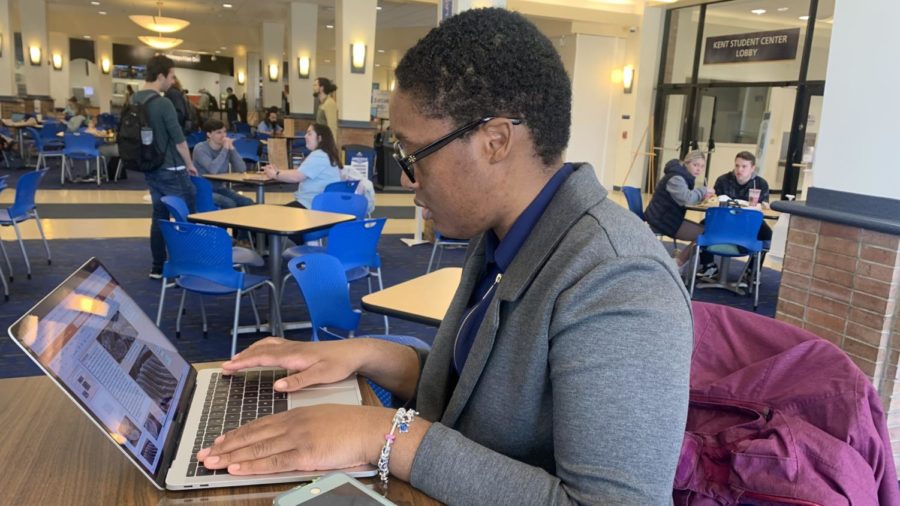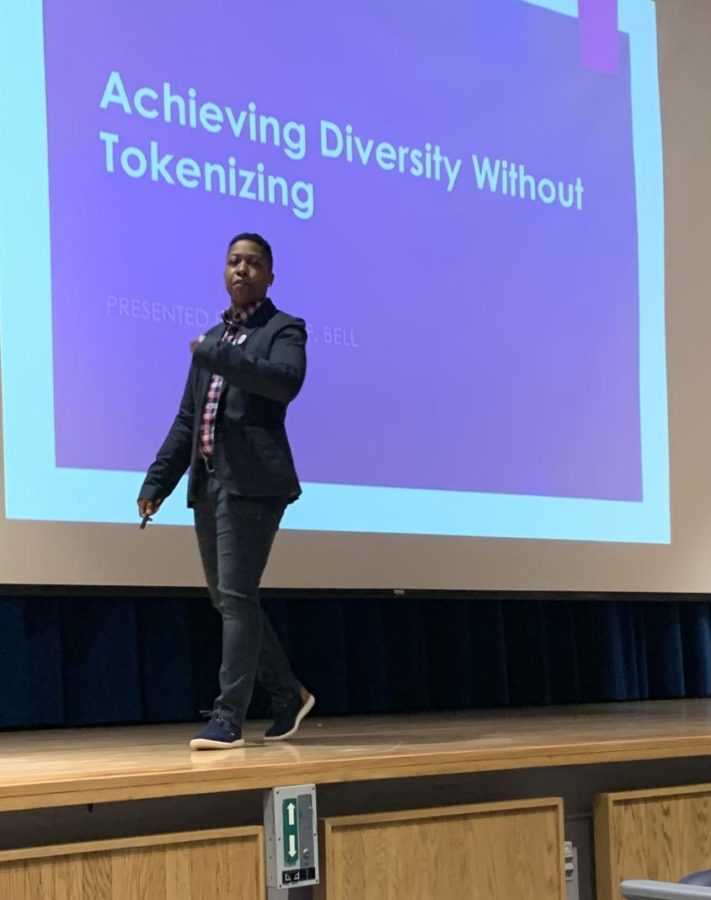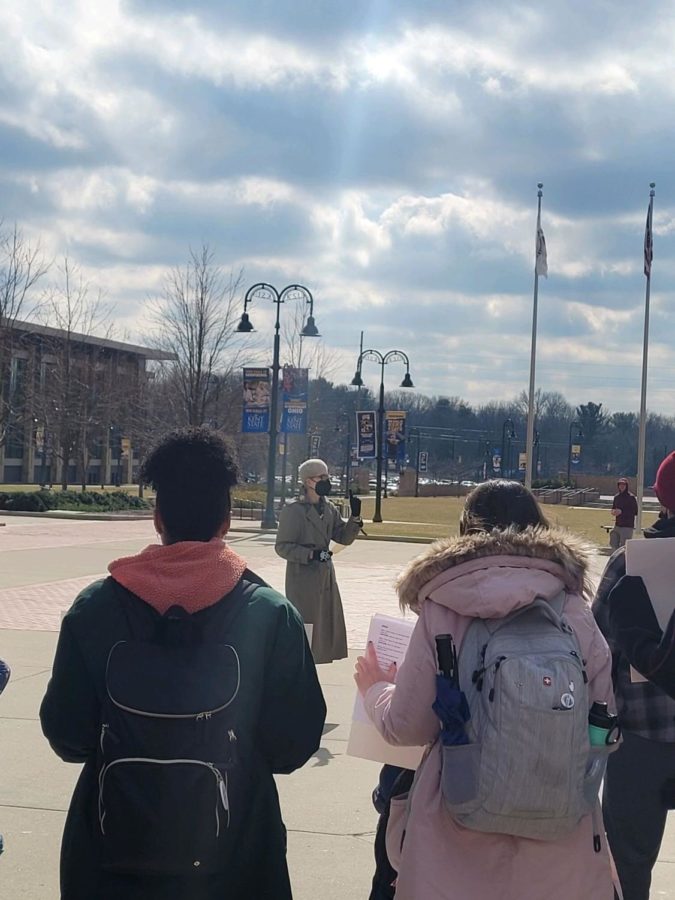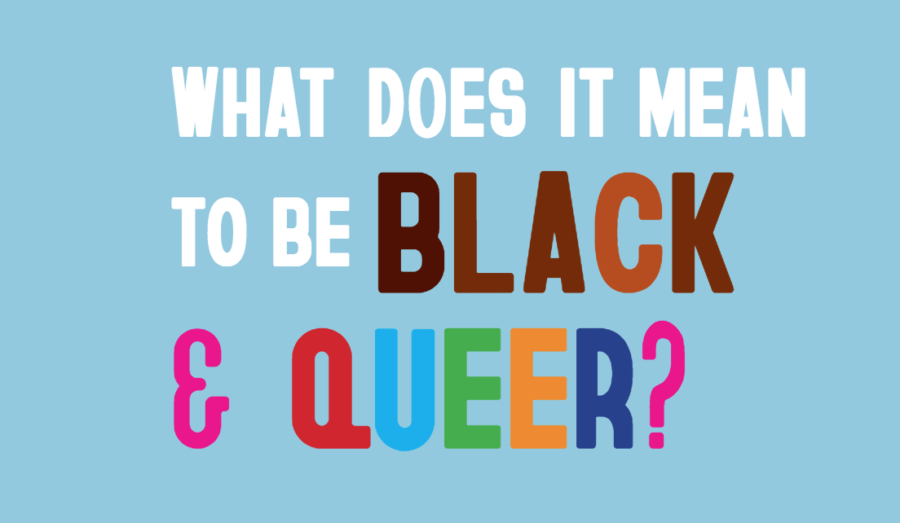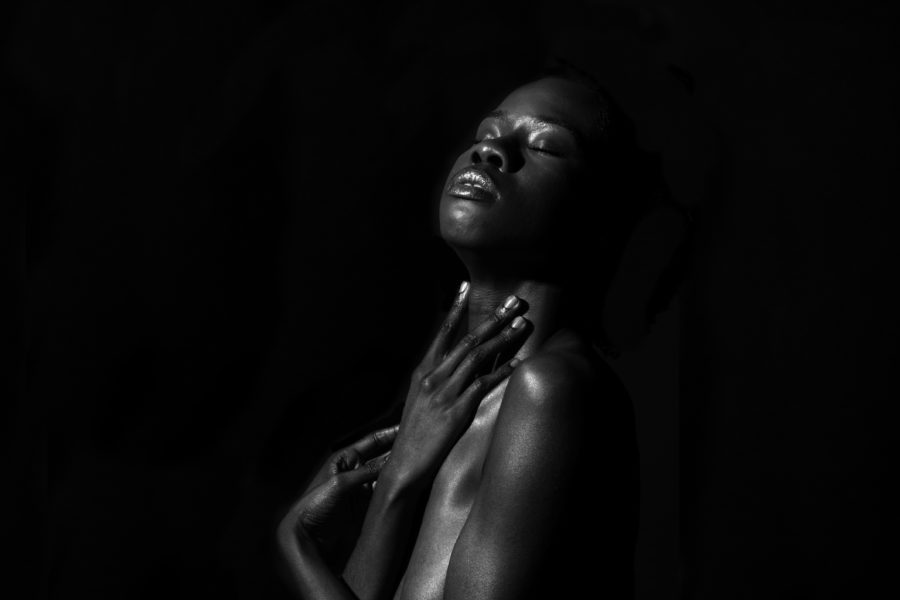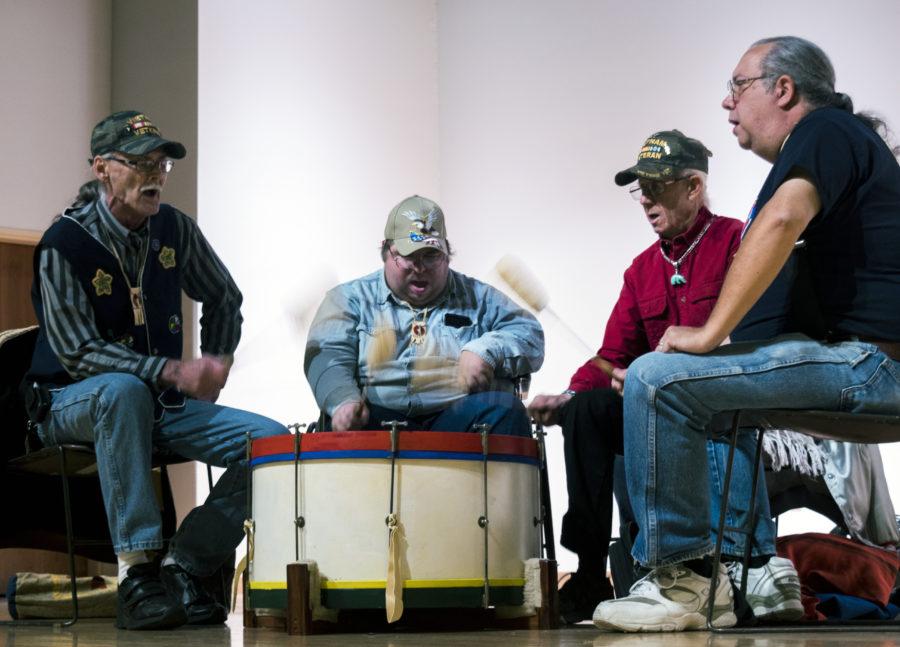
The past few years have been a transition of store shelves filled with containers of “creamy crack,” to shelves loaded with a variety of products mimicking smells of tropical paradise, coconuts and fruit salad. This transition has shown the journey of many African-Americans returning to their roots by embracing their natural hair. This has been a trending topic for a while, as the desire to embrace natural hair progresses and flood social media timeliness. But, while it has been an amazing movement, the journey has still presented its own problems.
The word nappy is built around different definitions. As derived from the British, it means a baby’s  diaper. Other definitions define it as liquor. Yet, as many people hear the word today, it stands for something completely different. The Online Etymology Dictionary defines nappy as “fuzzy, kinky and used in colloquial or derogatory reference to the hair of black people.” Some often use it interchangeably with words such as “coily” and “curly” but for many, nappy is tied to negative connotations and posed as a way of insulting another.
diaper. Other definitions define it as liquor. Yet, as many people hear the word today, it stands for something completely different. The Online Etymology Dictionary defines nappy as “fuzzy, kinky and used in colloquial or derogatory reference to the hair of black people.” Some often use it interchangeably with words such as “coily” and “curly” but for many, nappy is tied to negative connotations and posed as a way of insulting another.
As history shows, many African-Americans have experienced the pressure to submit to Eurocentric beauty standards. These standards claimed dominance in the minds of many people, subjecting them to feeling as if appearing a certain way would be more acceptable and beautiful. Though this is not a problem that has targeted African-Americans alone, it has been a great burden to the community.
During slavery and even now, African-American hair is ugly and unprofessional by Europeans. To them, the hair was and still is wooly, nappy and unidentifiable with the Eurocentric beauty standards. Therefore, the word nappy can be interpreted as insulting, which raises a problem in the attempt to divide natural hair types. While numerous women today are praised for embracing their natural hair, others face insults of their hair deemed “nappy” instead of simply natural.
 The reason there is a divide between natural and so-called nappy hair probably stems from the multiple types and textures of hair along with the “good hair” idea from slavery days. A 3b hair type might be perceived as natural in comparison to 4c hair, that may be labeled as nappy due to the differences in textures and curl-patterns. Definable and loose curls catch more attention than the kinky, coiled, wool-like hair.
The reason there is a divide between natural and so-called nappy hair probably stems from the multiple types and textures of hair along with the “good hair” idea from slavery days. A 3b hair type might be perceived as natural in comparison to 4c hair, that may be labeled as nappy due to the differences in textures and curl-patterns. Definable and loose curls catch more attention than the kinky, coiled, wool-like hair.
Darian Wilson, an Indiana University Graduate and Kent State Impact leader, highlighted some of the struggles that she faced growing up with kinkier, 4c hair.
“Growing up, I thought my hair was bad,” she said. “It wasn’t as straight as some of my peers, particularly my white friends and it just didn’t look like everybody else’s.”
When Darian decided to try the natural journey, she was very hesitant because she believed that it wasn’t considered cute. After a while, she finally joined the movement as it began to grow bigger, but it wasn’t something that she adapted to quickly. She felt as if it weren’t for her because her hair was too much to maintain and curls weren’t “popping” enough. After internal struggle and resistance, she decided that turning away from relaxers would be best for the health of her hair. She began to love her natural hair once she began to see it as “cute, healthy and manageable.”
Kent State University senior, Jeremey Galvez believes that the term nappy hair is a lie. 
“That term ‘nappy hair’ was used on black women so they would be ashamed of their natural hair,” he said. “I think all natural hair is beautiful. Especially when you think about the context of it and how women have outgrown the shame that comes with it and turned it into a statement of power, a statement of pride. Women shouldn’t have to constantly be compared to others. They should be able to stand independent on their own.”
While the natural hair world consists of many diverse styles, textures, types and curl-patterns, it is still important to see and accept every one of those as simply natural with no buts or side notes. There is no correct standard of what natural hair is.
Hair is an essential part in a woman’s platform, so it is important to learn to accept and embrace all natural hair for exactly how it is.
Photos by Tierra Thomas.

